Home>Home Appliances>Home Automation Appliances>What Programming Language Does Alexa Use


Home Automation Appliances
What Programming Language Does Alexa Use
Published: January 5, 2024
Learn about the programming language used by Alexa for home automation appliances. Understand the technology behind Alexa's seamless integration with smart devices.
(Many of the links in this article redirect to a specific reviewed product. Your purchase of these products through affiliate links helps to generate commission for Storables.com, at no extra cost. Learn more)
**
Introduction
**
Welcome to the fascinating world of home automation, where the lines between science fiction and reality blur into a seamless tapestry of innovation. At the forefront of this revolution stands Amazon's Alexa, a virtual assistant that has seamlessly integrated itself into our daily lives. Whether it's setting reminders, playing music, or controlling smart home devices, Alexa has become an indispensable part of countless households.
In this article, we delve into the technological marvel that is Alexa, shedding light on the programming language that powers its impressive capabilities. Understanding the language behind Alexa not only provides insight into its inner workings but also offers a glimpse into the intricate web of commands and responses that enable it to understand and fulfill our requests.
So, let's embark on a journey to unravel the mysteries of Alexa's programming language, and discover the magic that brings this virtual assistant to life.
**
Key Takeaways:
- Alexa is powered by the programming language Java, which gives it the ability to understand and respond to our commands, seamlessly integrate with smart devices, and ensure the security and privacy of our interactions.
- Java’s scalability, cross-platform compatibility, extensive library support, and integration with cloud computing make Alexa agile, versatile, and secure, enhancing our daily lives with its seamless orchestration of tasks and responses.
Read more: How To Add A Language To Alexa
Understanding Alexa
**
Before delving into the programming language that drives Alexa, it’s essential to grasp the essence of this virtual assistant. Alexa, developed by Amazon, is an AI-powered virtual assistant that operates through voice commands and can perform a myriad of tasks, from playing music and providing weather updates to controlling smart home devices and answering queries. Its seamless integration with various smart devices and services has positioned it as a central hub for home automation, making it a household staple for millions around the globe.
At the core of Alexa’s functionality lies its ability to process natural language and execute tasks based on user commands. This involves understanding spoken words, interpreting their meaning, and generating appropriate responses. Alexa achieves this through a sophisticated blend of natural language processing (NLP), machine learning, and cloud computing, enabling it to continuously improve its comprehension and responsiveness.
Furthermore, Alexa’s skill set, which expands through third-party integrations, allows it to perform an ever-increasing range of actions, from ordering food and requesting rides to providing meditation guidance and controlling smart home appliances. This versatility has cemented Alexa’s status as a versatile and indispensable tool for simplifying daily tasks and enhancing convenience.
As we unravel the intricacies of Alexa’s programming language, it’s crucial to appreciate the multifaceted nature of this virtual assistant and the seamless manner in which it integrates into our lives, making the everyday extraordinary.
**
**
**
The Programming Language Behind Alexa
**
At the heart of Alexa’s intelligence lies a powerful programming language: Java. Leveraging the robust capabilities of Java, Amazon has empowered Alexa with the agility and versatility needed to process a myriad of commands and deliver seamless user experiences.
Java’s widespread adoption in the realm of software development is a testament to its reliability and scalability. Its object-oriented nature, platform independence, and extensive library support make it an ideal choice for developing complex applications such as Alexa. By harnessing Java, Amazon has equipped Alexa with the ability to handle intricate tasks, process natural language, and seamlessly integrate with a vast array of smart devices and services.
Furthermore, Java’s compatibility with cloud computing platforms, such as Amazon Web Services (AWS), enhances Alexa’s capabilities by providing a robust infrastructure for processing and executing commands. This synergy between Java and cloud computing empowers Alexa to deliver real-time responses, process complex queries, and adapt to evolving user needs.
Moreover, the robust security features inherent in Java play a pivotal role in safeguarding the integrity of Alexa’s interactions. As privacy and data security become increasingly paramount, Java’s built-in security mechanisms provide a solid foundation for ensuring the confidentiality and integrity of user interactions with Alexa.
By harnessing the power of Java, Amazon has not only equipped Alexa with a robust programming language but has also laid the groundwork for continuous innovation and enhancement. Java’s flexibility and scalability align seamlessly with Alexa’s ever-expanding capabilities, ensuring that it remains at the forefront of the home automation revolution.
As we unravel the technological marvel that is Alexa, the choice of Java as its programming language emerges as a cornerstone of its intelligence, adaptability, and seamless integration into our daily lives.
**
Alexa uses multiple programming languages, including Java, Python, and C++. Java is used for the backend services, while Python is used for the Alexa Skills Kit. C++ is used for the wake word detection and audio processing.
Benefits of Using the Chosen Programming Language
**
The decision to employ Java as the programming language for Alexa brings forth a multitude of benefits that underpin its unparalleled performance and adaptability. Let’s explore the advantages that stem from the choice of Java:
-
Scalability: Java’s inherent scalability empowers Alexa to seamlessly accommodate the ever-expanding array of skills and functionalities. As new features and integrations are introduced, Java’s scalability ensures that Alexa can evolve without compromising performance.
-
Cross-Platform Compatibility: Java’s platform independence allows Alexa to transcend device-specific constraints, enabling it to operate seamlessly across various platforms and devices. This versatility ensures a consistent user experience regardless of the underlying hardware.
-
Extensive Library Support: Java’s rich library ecosystem equips Alexa with a vast array of resources for implementing complex functionalities, processing natural language, and interfacing with diverse smart devices. This expansive library support streamlines the development process and enhances Alexa’s capabilities.
-
Robust Security Features: Java’s comprehensive security features provide a solid foundation for safeguarding user interactions and data privacy. By leveraging Java’s security mechanisms, Alexa can uphold the confidentiality and integrity of user interactions, instilling trust and confidence.
-
Cloud Computing Integration: Java’s compatibility with cloud computing platforms, particularly Amazon Web Services (AWS), facilitates seamless integration with the cloud infrastructure. This integration empowers Alexa to leverage the scalability, reliability, and real-time processing capabilities of cloud computing, enhancing its responsiveness and adaptability.
Collectively, these benefits underscore the strategic significance of Java as the programming language driving Alexa’s intelligence and functionality. By harnessing Java’s prowess, Amazon has fortified Alexa with the agility, scalability, and security needed to thrive in the dynamic landscape of home automation and virtual assistance.
As we witness the seamless orchestration of commands and responses orchestrated by Alexa, the strategic advantages of Java as its programming language come to the forefront, underscoring its pivotal role in shaping the future of virtual assistants and home automation.
**
Conclusion
**
As we conclude our exploration into the enigmatic realm of Alexa’s programming language, we emerge with a profound appreciation for the intricate fusion of technology and innovation that propels this virtual assistant. The choice of Java as Alexa’s programming language stands as a testament to Amazon’s strategic foresight and commitment to delivering a seamless, intelligent, and adaptable virtual assistant that has redefined the landscape of home automation.
Through the lens of Java, we gain insight into the foundational pillars that uphold Alexa’s intelligence and versatility. Java’s scalability, cross-platform compatibility, extensive library support, robust security features, and seamless integration with cloud computing collectively bestow Alexa with the agility and resilience needed to navigate the complexities of modern-day interactions and evolving user needs.
Furthermore, the strategic alignment between Java and Amazon Web Services (AWS) amplifies Alexa’s capabilities, enabling real-time processing, dynamic scalability, and robust security measures that underpin its seamless functionality.
As we interact with Alexa, issuing commands and witnessing its seamless execution, we are immersed in the symphony of technology and innovation orchestrated by Java. The fluidity with which Alexa comprehends our requests, processes information, and orchestrates a myriad of tasks reflects the harmonious synergy between Java’s capabilities and the vision of a truly intelligent virtual assistant.
In essence, Alexa, empowered by Java, transcends the boundaries of traditional virtual assistants, elevating the concept of home automation and redefining the dynamics of human-machine interaction. Its seamless integration into our daily lives, from controlling smart home devices to providing personalized assistance, exemplifies the transformative impact of technology when harnessed with strategic precision and innovation.
As we bid adieu to this exploration, we carry with us a profound understanding of the symbiotic relationship between Alexa and Java, a union that encapsulates the essence of technological innovation and the boundless possibilities that await in the ever-evolving landscape of virtual assistance and home automation.
**
Frequently Asked Questions about What Programming Language Does Alexa Use
Was this page helpful?
At Storables.com, we guarantee accurate and reliable information. Our content, validated by Expert Board Contributors, is crafted following stringent Editorial Policies. We're committed to providing you with well-researched, expert-backed insights for all your informational needs.
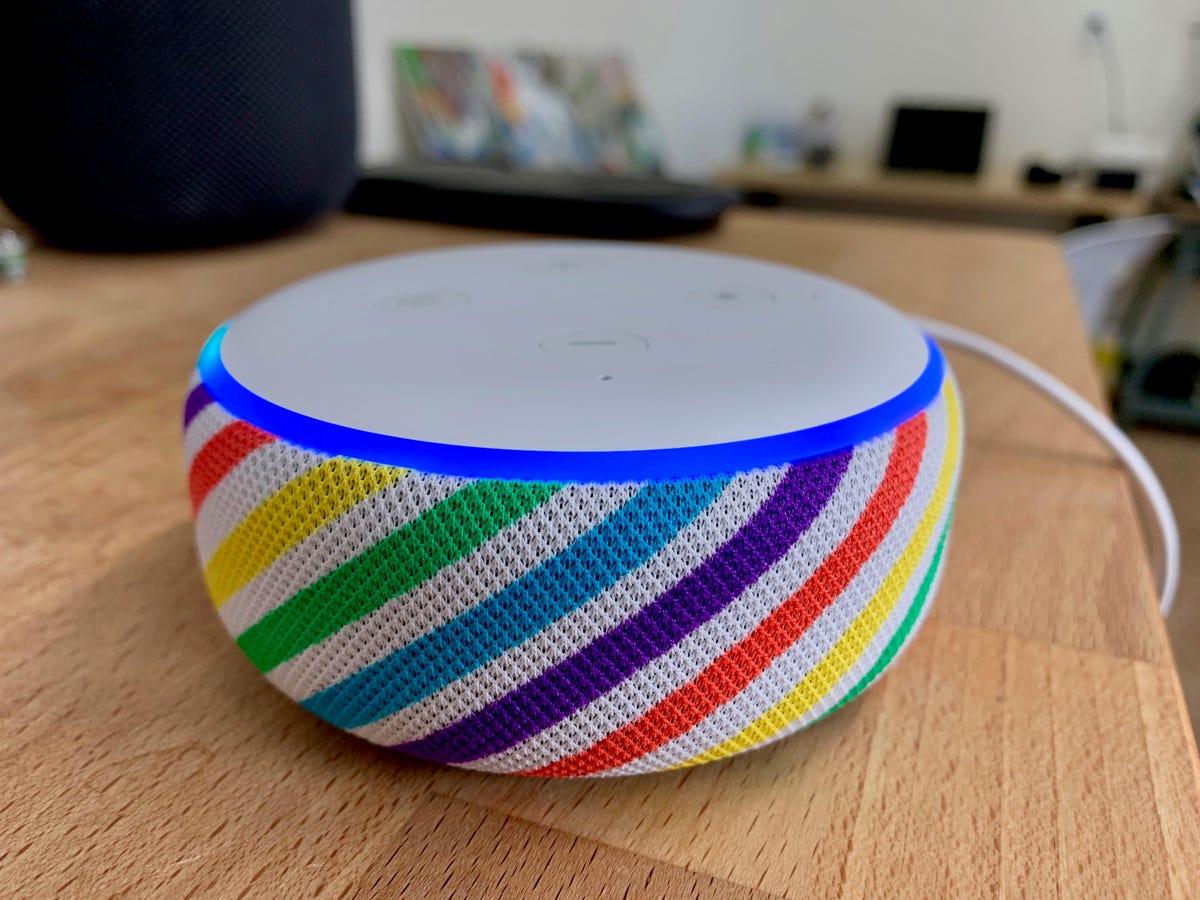




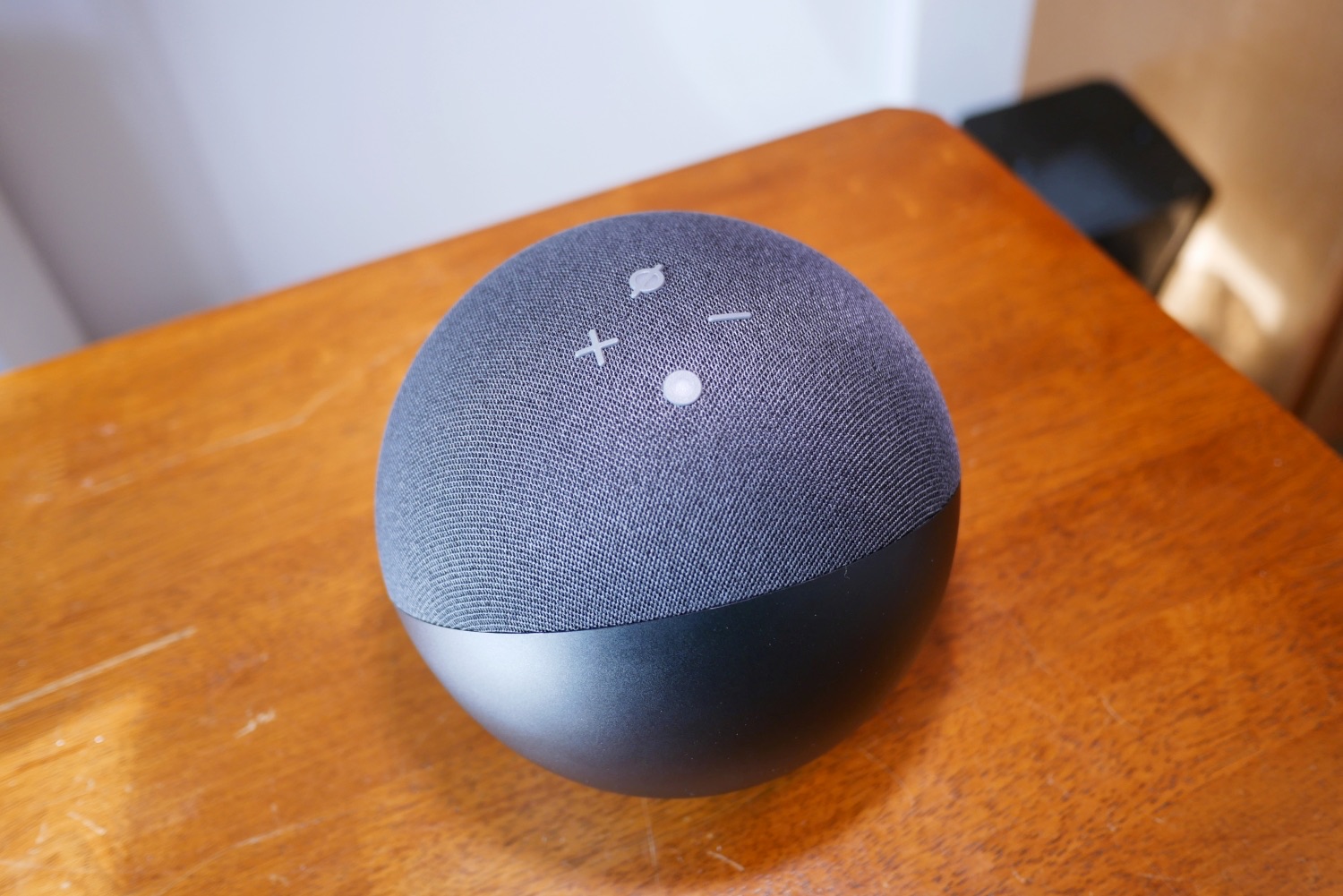
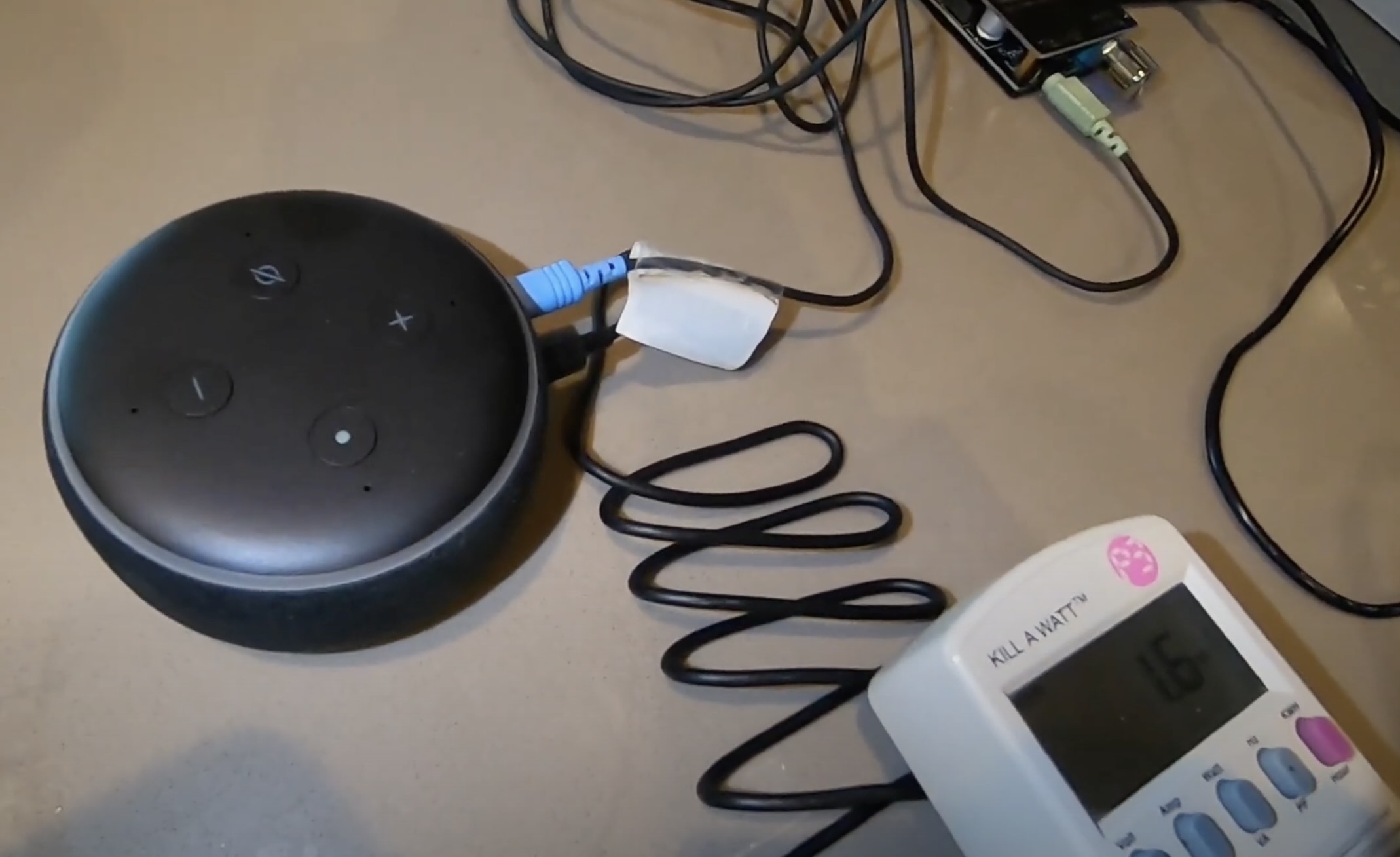
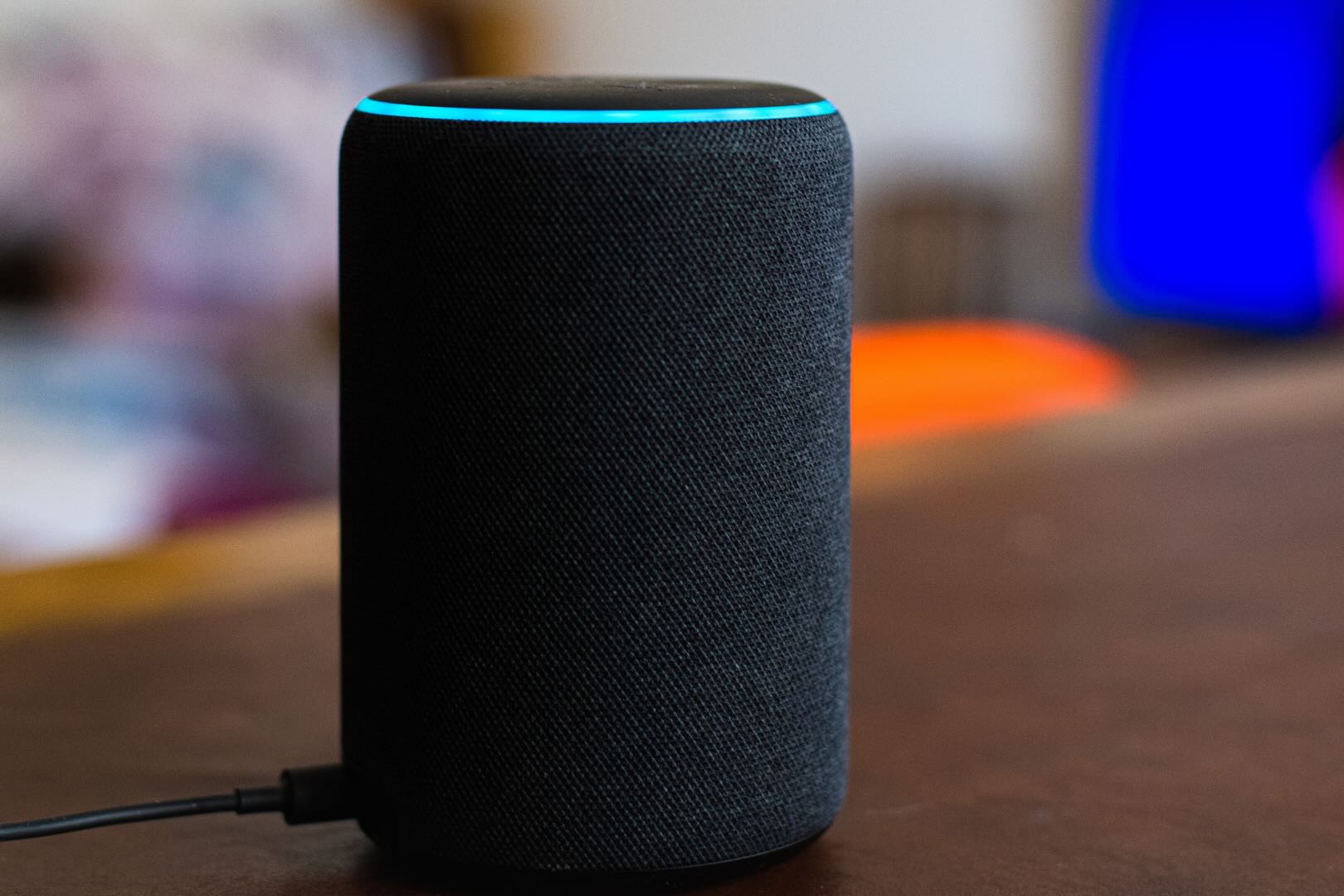
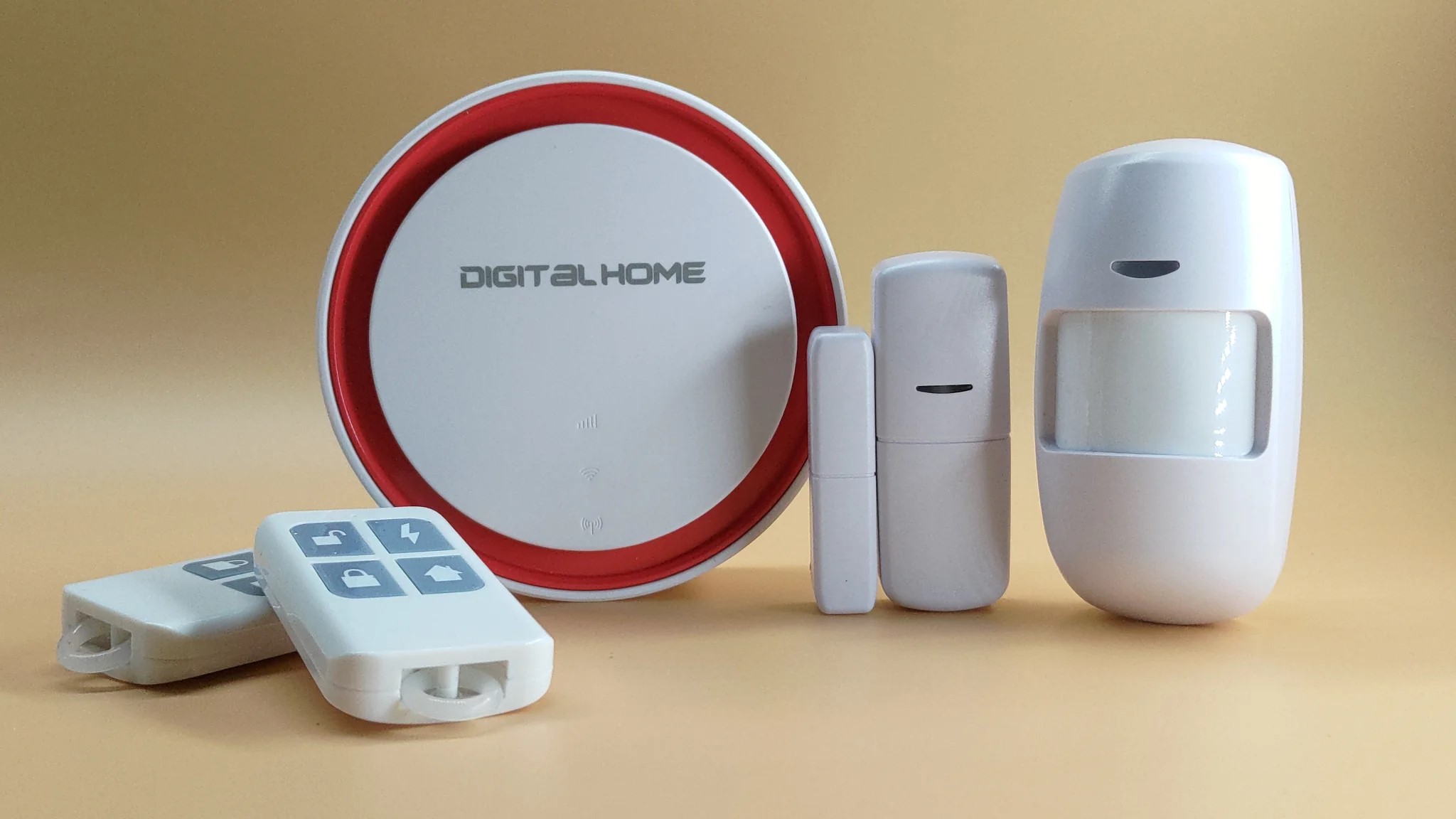
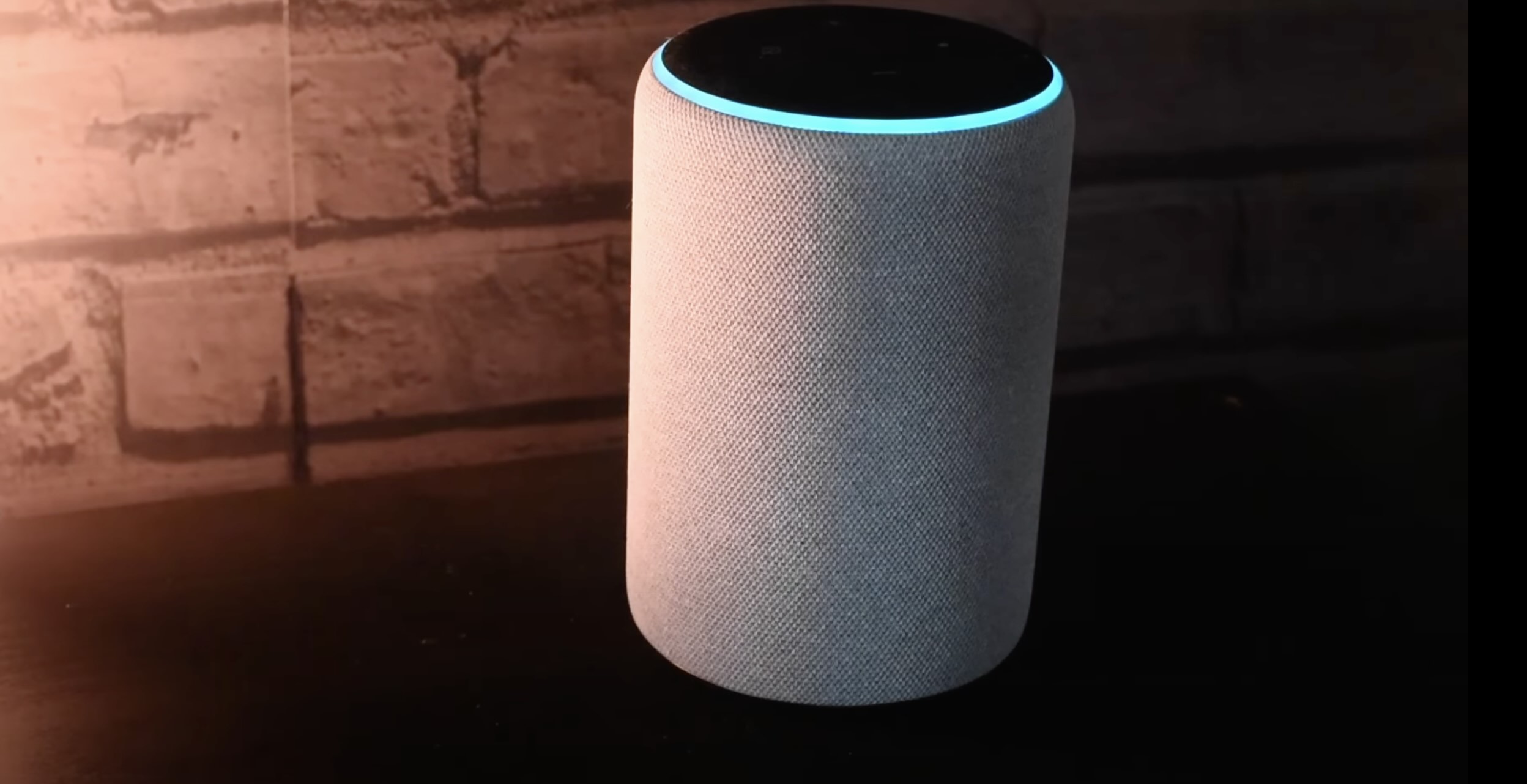

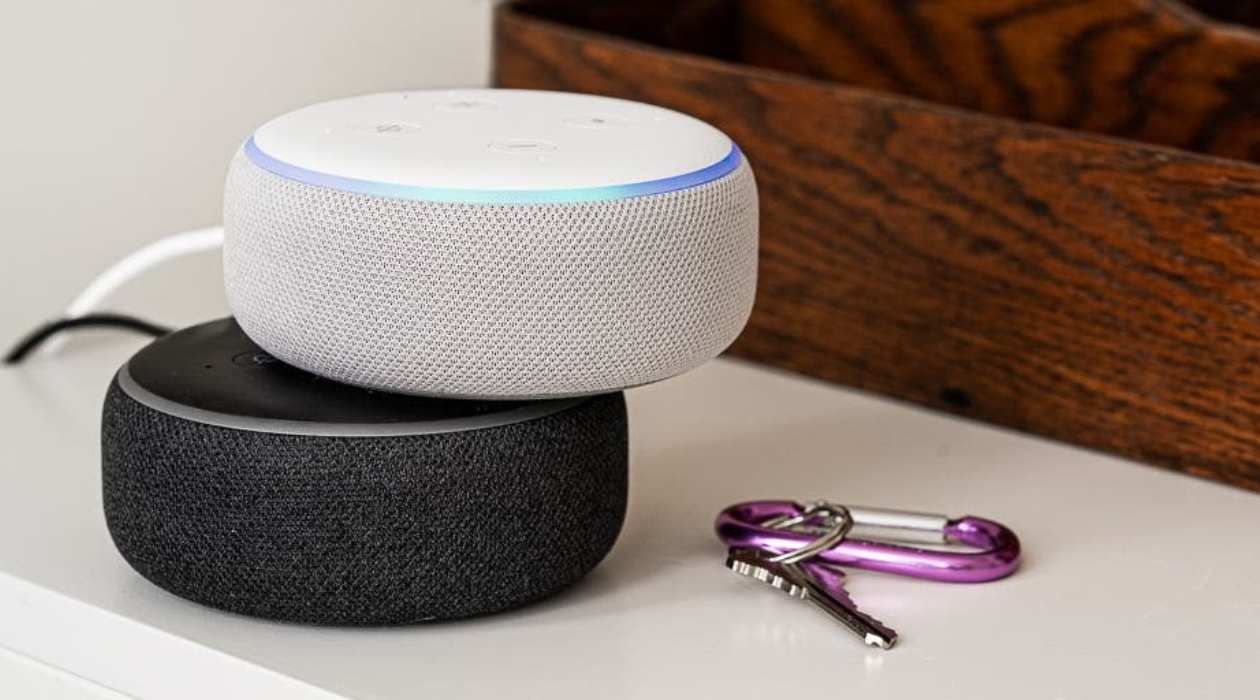


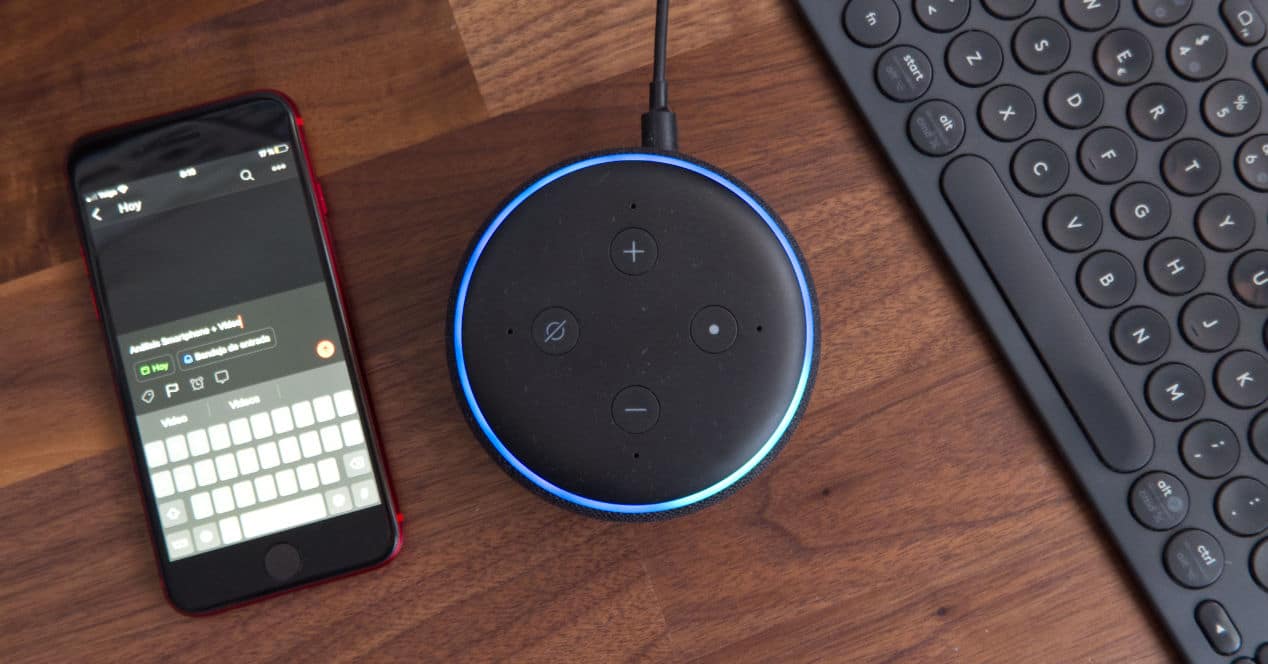

0 thoughts on “What Programming Language Does Alexa Use”